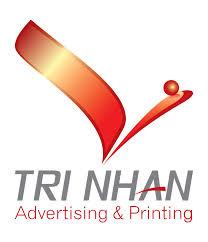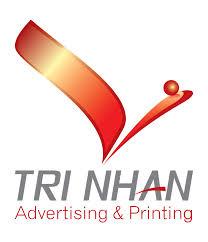Growing emphasis on high-capacity battery development has reshaped how manufacturers evaluate production technologies related to cell assembly. As industries push toward longer battery life, faster charging, and more secure energy storage, the mechanical joining phase — especially at the tab level — has grown in significance. Companies recognize that even small weld defects can compromise battery stability, making precision welding machinery vital. This heightened attention is pushing manufacturers to adopt more advanced ultrasonic welding solutions designed specifically for tab applications in modern battery systems. The rapid transition from older welding methods illustrates the industry’s commitment to improved safety, scalability, and structural consistency.
Against this backdrop, the Tab Lead Ultrasonic Welding Machine Market has gained strong traction as both established and emerging manufacturers upgrade their assembly lines. Businesses aiming to optimize operational efficiency are particularly drawn to the automation capabilities of modern welding machines. These technologies reduce labor dependency, lower error rates, and significantly improve production throughput. Coupled with the push for cleaner, reliable machining processes, this equipment has quickly become indispensable. As global battery output increases to meet EV and storage system demand, the rise of the Tab Lead Ultrasonic Welding Machine Market Size reflects a broader shift toward intelligent, streamlined manufacturing.
Related Reports:
For more in-depth research insights, visit Infinity Market Research.
Stay informed with the latest updates on News Innings, Researcher Diaries, and Industry News Desk.


